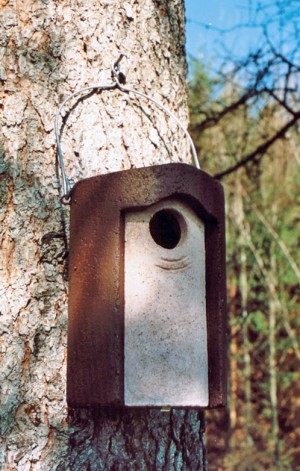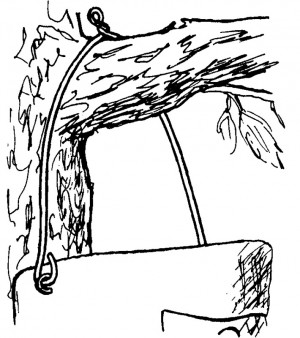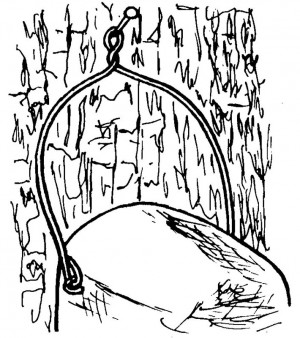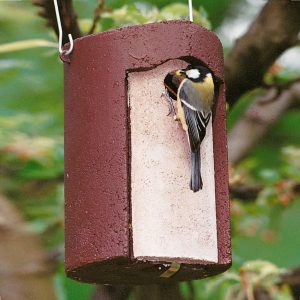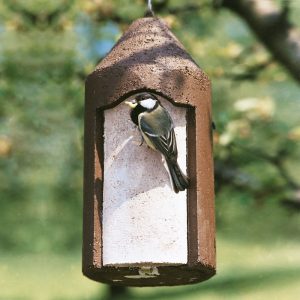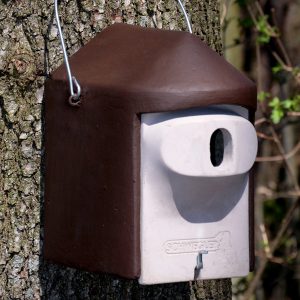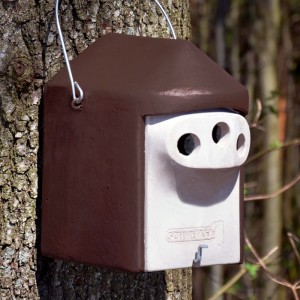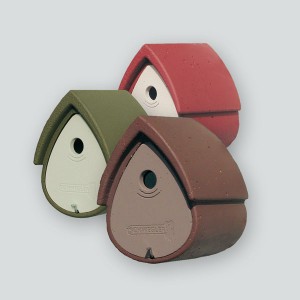Starlings are often seen as a problem at certain times of the year and in particular regions. They are highly adaptable, feed in flocks and can soon use up readily available sources of food. However, we should not forget the ecological benefits that they provide as an important form of pest control. For example, they limit the numbers of Crane Flies, Green Oak Leaf Rollers and Gypsy Moths.
We supply two well-proven types of nest box, both of which are just as likely to provide overnight shelter for Great Spotted, Middle Spotted and Lesser Spotted Woodpeckers. When there are fewer Starlings, other species such as Pied Flycatchers and Nuthatches may breed in these boxes. Because of the relatively large entrance hole, the interior is well lit which encourages occupation. Ornithologists advise that a perch below the entrance hole is unnecessary because the Birds will happily use the roof of the box.
Starling Box 3S
This nest box has more or less become established as the standard at home and abroad over several decades. On houses, in gardens and in woodlands they form an important part of any nature conservation concept. They have many advantages including the large diameter of the brood chamber, 14 cm, and a large entrance hole to make the interior very light, and as a result not only Starlings but many other species are attracted to them. Because the large entrance hole only provides limited protection, if there are a large number of predators robbing nests in the surrounding area some of the 3SV versions can also be used.
Occupants: Starlings, Nuthatches (will reduce the entrance hole to 32 mm), Spotted and Middle Spotted Woodpeckers, Pied Flycatchers, etc.
Entrance hole: ∅ 45 mm.
Exterior dimensions: W 19 x H 28 x D 20 cm.
Interior nesting chamber: ∅ 14 cm.
Material: SCHWEGLER Wood-Concrete Nest Box. Hanger: steel, galvanised.
Weight: ca. 4.4 kg.
Includes: Nest box, hanger and aluminium nail.
Hanger, front panel and aluminum nail are supplied but can also be ordered as spare parts (see products/accessories).
 English
English Deutsch
Deutsch 
